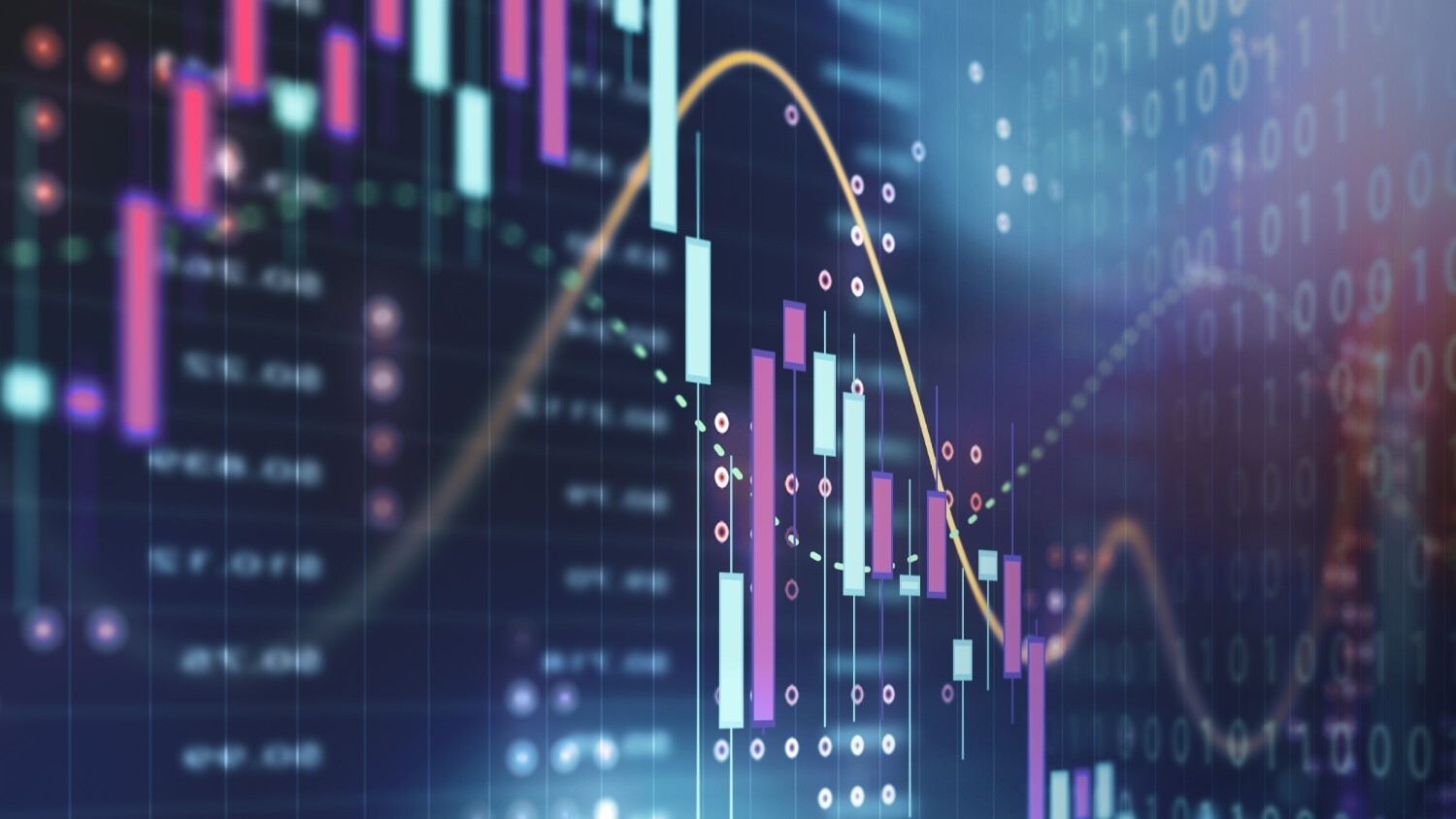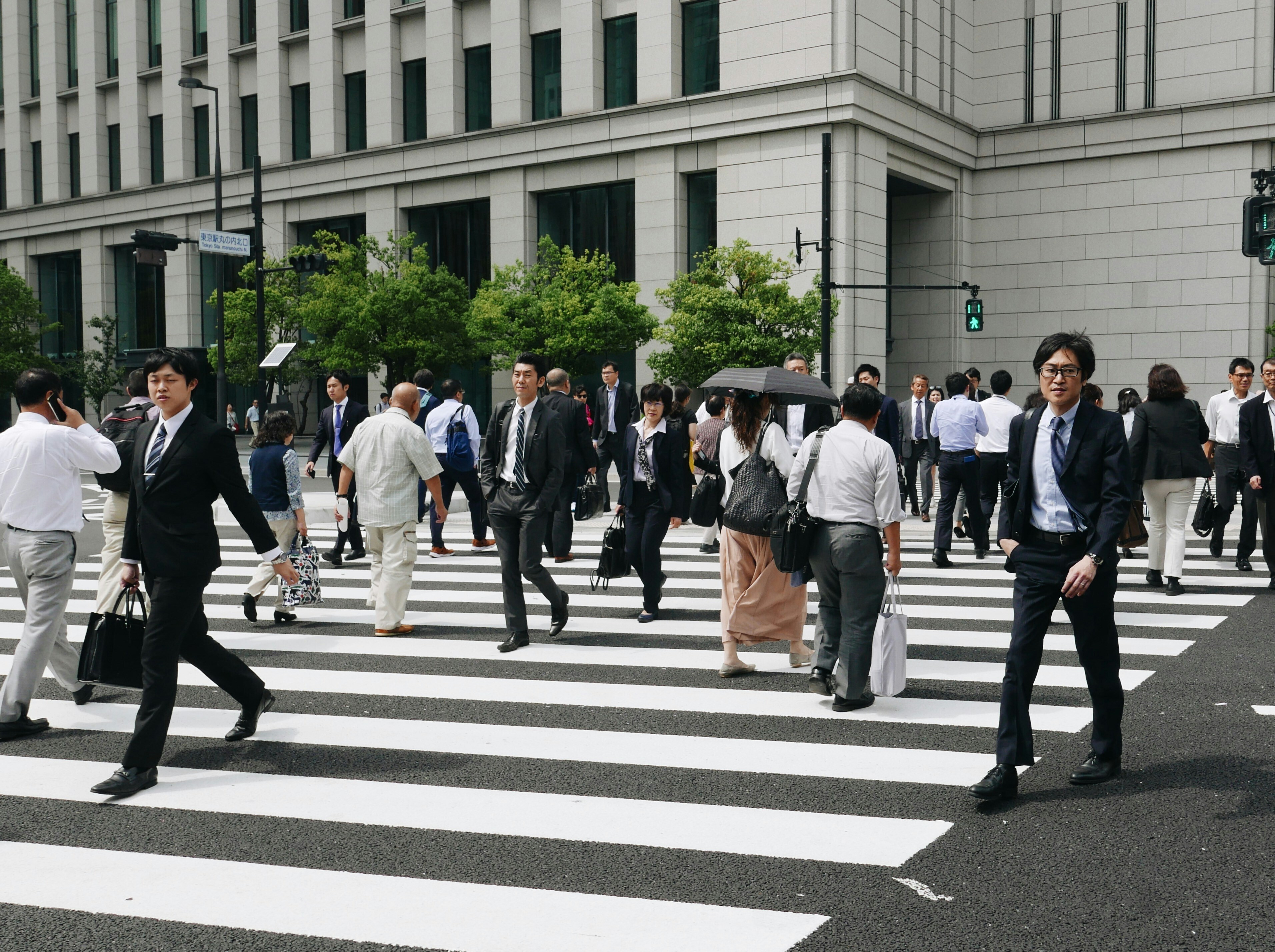Why women fleeing conflict need need more sexual and reproductive health aid

This article is published in collaboration with Thomson Reuters Foundation trust.org
Around a quarter of the 100 million people globally who need humanitarian aid are women or teenage girls of childbearing age, but sexual and reproductive health services are underfunded, a United Nations agency said.
More than 500 women a day die from complications arising from pregnancy and childbirth in states facing conflict or disaster, a U.N. population fund (UNFPA) study said, three fifths of maternal deaths occurring in these “fragile” countries.
“The health and rights of women and adolescents should not be treated like an afterthought in humanitarian response,” Babatunde Osotimehin, executive director of UNFPA, said in a statement on the study.
“For the pregnant woman who is about to deliver, or the adolescent girl who survived sexual violence, life-saving services are as vital as water, food and shelter.”
Women in need of aid because of conflict or disaster are more vulnerable to sexual violence, sexually transmitted diseases and unwanted pregnancies, he said.
“Having the means to prevent a pregnancy and being safe from sexual violence – these are basic human rights. Women don’t stop giving birth when a conflict breaks out or disaster strikes.”
Some 59.5 million people worldwide are currently displaced by conflict – around a fifth of them Syrians, the largest number since the end of World War Two, the UNFPA study said.
While sprawling refugee camps like Dadaab in Kenya and Zaatari in Jordan get much of the media’s attention, two in three refugees live in urban areas. For the minority who do live in camps, the average stay is 20 years, the study said.
Directing humanitarian aid to protect women of childbearing age is crucial, both to lessen present suffering and reduce it in the future, but current resources are insufficient, Osotimehin said.
“We need to do a much better job of helping the most vulnerable, especially adolescent girls. But we must also do a much better job of investing in a more stable world, capable of withstanding the storms ahead.”
Disasters in Asia
While the Asia-Pacific region is home to many long-running conflicts, it also suffers the most disasters in the world, with a continuous onslaught of floods, typhoons and droughts.
UNFPA ramped up humanitarian assistance after Cyclone Pam hit Vanuatu in March, twin earthquakes hit Nepal a month later, and Cyclone Komen in Myanmar and Typhoon Koppu in the Philippines caused flooding in both countries.
The agency said it is finding it increasingly difficult to ensure that it can meet the demands for help in a timely manner.
“2015 has been such a challenging year. Across the Asia-Pacific region, we remain largely underfunded to meet the minimal sexual and reproductive health and protection needs of women and adolescents in emergencies,” said Priya Marwah, UNFPA humanitarian coordinator for the Asia-Pacific.
Publication does not imply endorsement of views by the World Economic Forum.
To keep up with the Agenda subscribe to our weekly newsletter.
Author: Joseph D’Urso is an online production and breaking news reporter at Thomson Reuters Foundation.
Image: Afghan immigrants land at a beach on the Greek island of Kos after crossing a portion of the south-eastern Aegean Sea between Turkey and Greece on a dinghy. REUTERS/Yannis Behrakis.
Don't miss any update on this topic
Create a free account and access your personalized content collection with our latest publications and analyses.
License and Republishing
World Economic Forum articles may be republished in accordance with the Creative Commons Attribution-NonCommercial-NoDerivatives 4.0 International Public License, and in accordance with our Terms of Use.
The views expressed in this article are those of the author alone and not the World Economic Forum.
Stay up to date:
Civic Participation
Related topics:
Forum Stories newsletter
Bringing you weekly curated insights and analysis on the global issues that matter.







